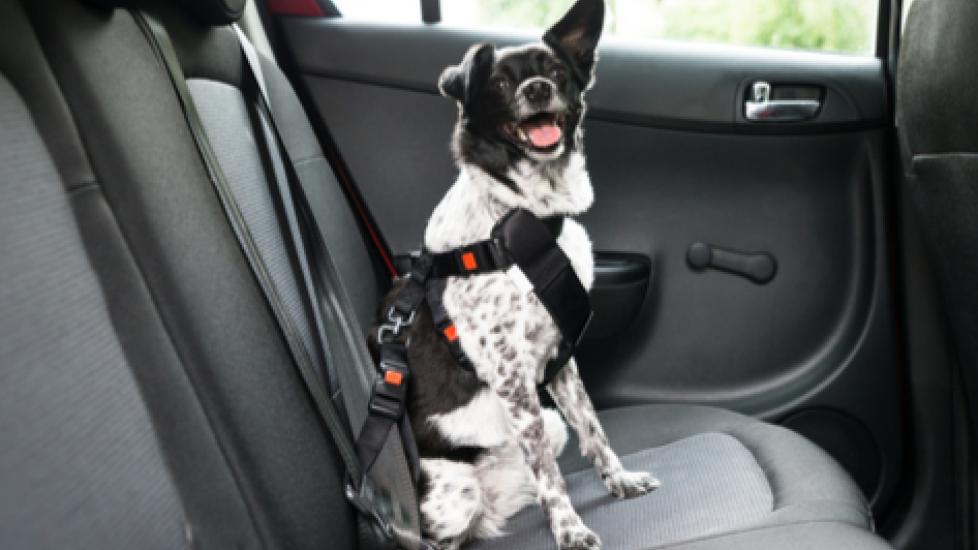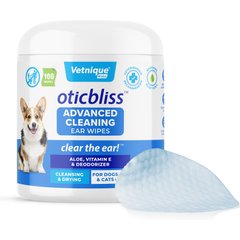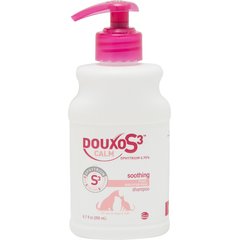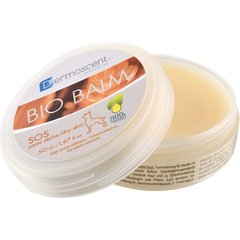Dog Car Seats and Seat Belts: Can They Keep Your Pup Safe?
By John Gilpatrick
Driving a long distance with your dog in tow is about as hard as solving a Rubik’s cube—it’s not impossible, but there are a lot of moving parts. You need to keep your dog calm, make sure he has food and water, manage any motion sickness, stop regularly for potty breaks and get him settled in your destination without too much disruption or anxiety.
Another major source of concern for pet owners when traveling with dogs is safety. That’s because car safety features are designed for the weight and body position of humans—not pets. This puts dogs at risk of serious head, neck, and back trauma in a high-speed crash, rollover or other vehicular accident, says Dr. Michael Lund of the ASPCA.
Additionally, dogs who aren’t properly restrained pose great risks to human passengers in the event of a sudden stop, swerve or accident. “In the event of a crash at 50 mph, a 10-pound, unrestrained dog generates 500 pounds of projectile force,” says Melanie Monteiro, a dog safety coach and author of “The Safe Dog Handbook: A Complete Guide to Protecting Your Pooch Indoors & Out.” “In a 30-mph crash, an 80-pound dog would become a 2,400-pound flying projectile.”
That’s where things like a dog seat belt, dog kennel and dog car seat come in handy. Here’s important information about all of these products, as well as some tips on how to find the safest dog car seat or dog car seat belt for traveling in the car with your dog.
Do Dog Seat Belts Work?
In case you’re unfamiliar with them, dog car seat belts attach a full-body dog harness to a strap with a buckle that fits in the regular seat belt device of a vehicle, Lund says. In the event of an accident or sudden change of speed, the harness should spread out the pulling force of a leash along your dog’s chest and back, minimizing force along the neck.
Dog seat belts, Lund says, are best for larger dogs. When applying them, the straps that buckle into the dog car harness should be long enough that the dog is comfortable, though short enough to prevent him from crashing into the seat in front of him in the event of an accident.
Vet Recommended Health Support
- Virbac C.E.T. Enzymatic Dog & Cat Poultry Flavor Toothpaste, 70 gram & Virbac C.E.T. Pet Toothbrush, Color Varies$18.88Chewy Price
- Vetnique Labs Oticbliss Advanced Cleaning, Soothing Aloe & Odor Control, Dirt & Wax Removal Dog & Cat Ear Wipes, 100 count$14.99Chewy Price
- Douxo S3 CALM Soothing Itchy, Hydrated Skin Dog & Cat Shampoo, 6.7-fl oz bottle$22.99Chewy Price
- Dermoscent BioBalm Skin Repairing Dog Balm, 1.67-oz jar$19.95Chewy Price
What About Dog Car Seats?
While a dog seat belt harness is great for large dogs, dog car seats are ideal for small and medium dogs, Lund says.
“They are often designed as a comfortable dog bed held in place by the vehicle’s seat belt, similar to a car seat for a child,” he says. They also should include a full-body harness that prevents significant movement during accidents and speed changes.
Should You Crate a Dog While Driving?
“The priority is keeping the animal inside the vehicle, but preventing trauma within the vehicle is also important,” Lund says. The best way to do this is to keep your dog in a kennel while he travels in the car. It’s also the most effective way of preventing your dog from distracting you while you’re driving, and in the event of a serious accident, there’s less of a risk of the dog fleeing the scene in panic, which can result in him getting lost or hit by another vehicle.
“Kenneled dogs involved in high-speed car accidents have a higher likelihood of surviving with fewer injuries,” Lund adds. The downside, however, is that the dog isn’t directly restrained, which means he could get injured after crashing hard into the kennel itself.
Dog Car Seats and Seat Belts: Choosing the Best Option
“You want to find the best solution for your dog, family, and vehicle type ” Monteiro says. "Like children, the safest place for a dog is to be buckled in the backseat—but if your backseat is full of human passengers, there are now some great options for the cargo area."
She recommends visiting the Center for Pet Safety to look over its reviews of the crash-worthiness of various pet restraints, so you can find the safest dog car seat or dog seat belt for your pup. “They test a wide range of travel harnesses, carriers and crates, using specially weighted crash-test-dummy dogs,” she says. The products that meet their standards for approval will be marked with the “Center for Pet Safety Certified” logo.
Other Dog Car Safety Tips to Follow
"Never leave your dog alone in the car, even with the windows cracked,” Monteiro says. "Even on a day as mild as 72 degrees, your car's internal temperature can rise over 40 degrees in under an hour. Extreme cold weather can also be dangerous. It's just not worth the risk."
Distractions are another major problem, Monteiro says. Here, restraints are extremely helpful because they will keep your dog from moving around the vehicle or climbing onto your lap. But, as a driver, you should also exercise some self-restraint by keeping your eyes on the road and not on your dog.
Monteiro also recommends keeping a canine safety kit—including a blanket or towel, spare dog collar and leash, dog poop bags, water and dish, dog toys, dog treats, an extra meal, and a dog first aid kit—in your car whenever he’s riding with you. “This helps you be prepared for a change of plans, an unexpected problem or a spontaneous adventure.”




